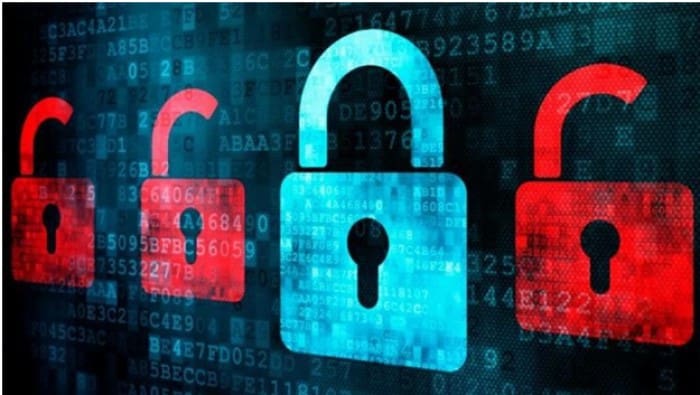
With the increasing crime rate and severe threats posed to the business organizations, it has become essential to own the right security systems. Every business owner to ensure safety of their products, assets, and materials will surely own a best security system. Through this way they can keep their belongings safe and protect their investments.
In the meantime great security likewise ensures the ventures of your customers and clients in the event that you are taking a shot at things they have requested and in turn by conveying your products on time and in affability you along these lines secure your organization’s picture and notoriety.
Obviously there are numerous mainstays of a decent security set up, and the more extraordinary system a business can use the more powerful it will be. Let us briefly discuss about various types of security systems and their functions.
Retail RFID Solutions
Radio Frequency Identification (RFID) technology offers retailers a chance to embrace another way to deal with stock accessibility and stock administration.Retail RFID Solutions is helpful for monitoring stock accessibility, as well as in RFID stock administration which implies the customer does not need to put resources into broad preparing projects or changes in working methods.
How Does RFID works
RFID refers to a technology which uses innovation whereby computerized information encoded in RFID labels or keen names (characterized underneath) are caught by a pursuer by means of radio waves. RFID is like bar-coding in which information from a tag or mark are caught by a gadget that stores the information in a database.
RFID belongs to a group of technologies referred to as Automatic Identification and Data Capture (AIDC). The RFID method utilizes radio waves to consequently recognize objects, gather information about them, and enter that information specifically into PC frameworks with practically zero human intercession.
RFID systems consist of an RFID tag or smart label, an RFID reader, and an antenna. RFID labels contain an integrated circuit and antenna, which are utilized to transmit information to the RFID reader. The reader at that point changes over the radio waves to a more usable type of information. Data gathered from the labels is then exchanged through a correspondences interface to a host PC framework, where the information can be put away in a database and examined at a later time.
RFID inventory management technology is generally implemented at inventory management, asset tracking, personnel tracking, controlling access to restricted areas, ID badging, supply chain management, etc.
Key Benefits of RFID Technology
When businesses implement RFID technology
- It increases stock file accuracy maintained on a regular basis
- It reduces counting hours reduced to 1/50th of a traditional barcode scan
- Reduces web rejections by over 10%
- Reduces shrinkage
Tailgating Detection System
What is Tailgating?
Tailgating is also known as one of the most widespread security breaches that is really affecting businesses today. Tailgating is regularly depicted as the entry of unapproved faculty, either constrained or unplanned, behind that of an approved client.
Tailgating starts out guiltlessly – a representative opening an entryway and holding it open for others, guests without identifications, or the detached acknowledgment of a formally dressed laborer.
Issues with Tailgating
- One of the major issues with tailgating is the potential crime that can be done by someone who you don’t even know.
- Closely following can open your working to abusive behavior at home, robbery, damage, and psychological oppression.
- Not only external threats, some inner building regions need limited access for just a sub population of your inhabitants.
Strategies to prevent tailgating
A variety of anti-tailgating strategies exist in large numbers. But which framework is appropriate for you is subject to the particular passage point you need to secure. Let us discuss about the various strategies that could complement most existing security systems.
- Smart cards house multiple credentials on one card. Thus should be issued to building tenants, employees and visitors to electronically track traffic.
- Turnstiles or battle gates are good for preventing high volume traffic. They can be accessed by payment (coin, token, or card).
- Laser sensors can be used to detect multiple people.
- Biometrics can be used to deflect representatives from sharing accreditations.
- Long range readers can be utilized as a part of parking areas and carports.
- Airlocks systems allow personnel to conveniently enter and exit controlled environments with minimal airflow disturbance.
Monitored Alarm Systems
Monitored alarm systems are one of the best ways to protect both homes as well as businesses. These systems protect from fire, gas leaks and other threatening situations.In this security system client simply needs to do is control a couple of buttons and enter a security password to actuate or deactivate the system. When they initiate the framework utilizing this simple strategy, their property goes under monitor of a 24×7 security focus that directs over all parts of the security framework.
Unmonitored Alarm Systems
Unmonitored alarm systems also called as standalone alarm system consist of equipment that can be installed by person himself. Unmonitored alert systems are basically expected to frighten away gatecrashers when they step foot in your home. A typical unmonitored alarm system include a control panel, door and window sensors, glass-break sensors, motion sensors, smoke detectors, and sirens.
Self Monitored Security Systems
Self-monitored security systems are such frameworks that can be checked by individuals themselves. These can incorporate, quiet alerts, sirens, entryway sensors, and surveillance cameras that send content or push warnings or call to a your cell phone when they’re set off — and most interface with cell phone applications that enable you to screen them remotely.
